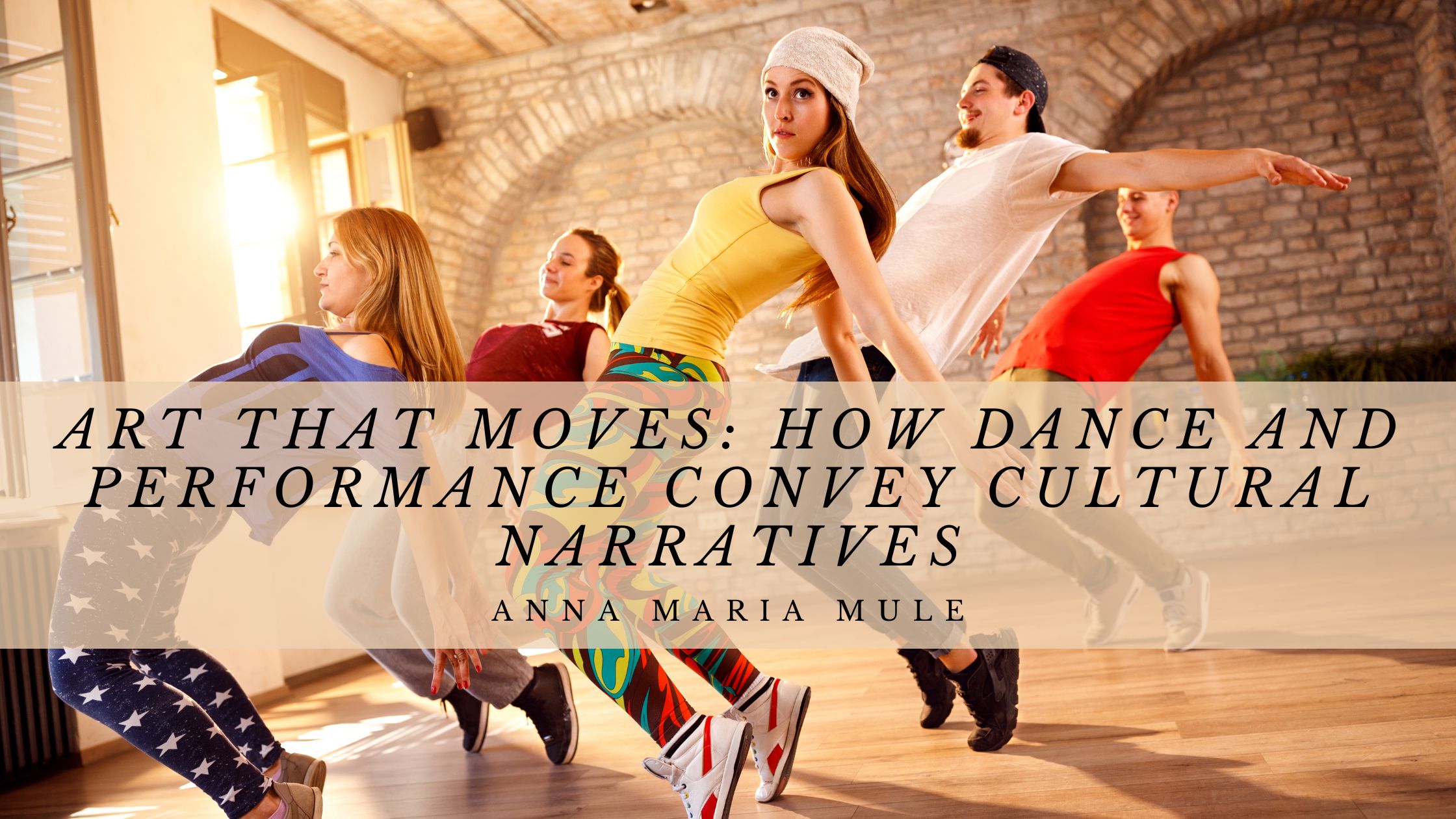
Dance and performance art are powerful forms of creative expression that transcend language barriers and communicate cultural narratives with profound impact. For centuries, dance has been an integral part of human culture, used to celebrate traditions, express emotions, and tell stories. Through intricate movements, expressive gestures, and mesmerizing choreography, dance, and performance art convey a wealth of cultural knowledge, historical legacies, and societal values.
Preserving Cultural Heritage:
Dance serves as a living repository of cultural heritage, passed down from one generation to another. Traditional dances often embody historical events, myths, rituals, and customs, preserving the essence of a culture’s identity. Through dance, cultural narratives are perpetuated, ensuring that the unique traditions and values of a community are not forgotten.
Expression of Identity and Belonging:
Dance is deeply intertwined with cultural identity and a sense of belonging. Cultural dances often reflect the collective experiences and shared history of a community, allowing individuals to connect with their roots and affirm their place within their cultural heritage.
Rituals and Ceremonies:
In many cultures, dance plays a central role in rituals and ceremonies, marking significant life events, religious practices, and seasonal celebrations. These performances convey cultural narratives through symbolic movements, elaborate costumes, and traditional music, adding depth and meaning to these important occasions.
Telling Stories & Legends:
Dance and performance art are captivating vehicles for storytelling. Through expressive movements and dramatic performances, dancers bring myths, legends, and historical tales to life, transporting audiences to different worlds and eras.
Interpreting Social Issues and Challenges:
Contemporary dance and performance art often tackle social issues and challenges faced by society. Choreographers and performers use dance as a medium to shed light on inequality, discrimination, environmental concerns, and other pressing issues, provoking thought and inspiring conversations.
Cross-Cultural Exchanges:
Dance serves as a bridge for cross-cultural exchanges, promoting understanding and appreciation between diverse communities. When different cultural dance forms are shared, the rich tapestry of global cultural narratives intertwines, fostering mutual respect and appreciation for cultural diversity.
Emotion and Catharsis:
Dance is a potent tool for expressing emotions and providing catharsis. Performers can communicate a range of feelings, from joy and celebration to sorrow and grief, resonating with audiences on an emotional level and forging a deeper connection between artists and spectators.
Collaborative Artistry:
In performance art, dancers collaborate with musicians, visual artists, and other creative minds to create multidimensional experiences. This interdisciplinary approach enriches the performance with multiple artistic expressions, strengthening the narrative and leaving a lasting impression on the audience.
Fusion and Innovation:
Contemporary dance often embraces fusion and innovation, blending traditional and modern elements to create new art forms. This blending of cultural narratives and artistic styles encourages the evolution of dance and ensures its relevance in the contemporary world.
Universal Language of Movement:
Dance serves as a universal language of movement that transcends verbal communication. Regardless of the cultural background, audiences can appreciate the beauty and emotion conveyed through dance, fostering a shared human experience.
Dance and performance art are captivating forms of artistic expression that convey cultural narratives and preserve the essence of diverse societies. Whether through traditional dances, contemporary performances, or interdisciplinary collaborations, these art forms serve as dynamic mediums for storytelling, preserving cultural heritage, and addressing societal issues. Dance’s universal language of movement bridges cultural gaps and fosters cross-cultural exchanges, encouraging mutual understanding and appreciation. As dance and performance art continues to evolve and adapt to contemporary contexts, they remain powerful tools for celebrating cultural diversity, fostering creativity, and promoting meaningful connections between people and cultures around the world.